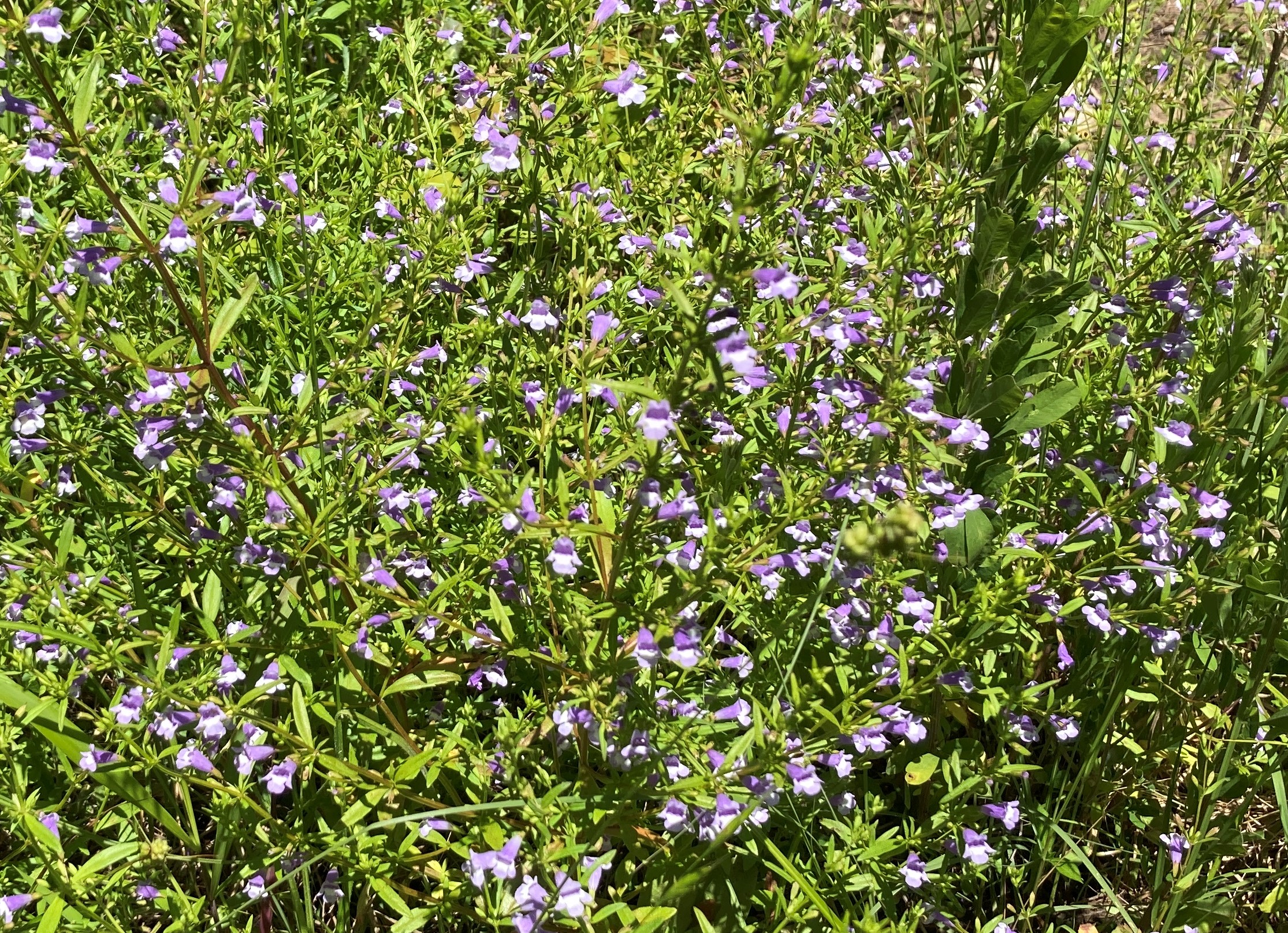Resource Library
Plant of the Week: Clinopodium (Satureja) arkansanum; Limestone Calamint
I don’t have as many summer-blooming wildflower photos as I should because I try to avoid ticks and heat stroke. Over the past two years, however, I’ve run across a plant called limestone calamint (Clinopodium arkansanum), and thought it warranted a closer look.
Limestone calamint has a host of common names including Arkansas mint, Ozark calamint, wild savory, and low calamint. It is one of more than a dozen species of Clinopodiums described in the United States but these small mints are a tangled mess taxonomically so look for name changes in the future as the dust begins to settle after the gene jockeys get through with their work.
This little plant ranges from Ontario to East Texas but is really concentrated on the Ozark dome and parts of the Ouachita Mountains. It has two growth forms. In the late winter and spring it creeps about on the ground, spreading by stolons bearing clusters of thick, oval, blue-green leaves. It late spring and summer it begins flowering and sends up leafy, branched, erect growing stems. The opposite leaves are linear. Plants reach about 16 inches in height and spread. Stems are square and emit a strong minty aroma when crushed.
In the axils of the leaves flowers are produced singly during much of the summer. Flowers are white, lavender or purplish in color. They form a two-lobed tube about half an inch long with the lower lip having three lobes, the upper two. The inflated tube is just the right size for a small bee to enter to facilitate pollination.
Over the past 200 years this diminutive plant has had at least a dozen Latin names. The plant was first collected by Thomas Nuttall (1786-1859), the English botanist who traveled up the Arkansas River to Fort Smith in 1819 and wrote of his travels in Travels into the Arkansas Territory, which is still in print from the University of Arkansas Press. Nuttall placed it in the European genus Satureja alongside the summer and winter savory, which it resembles. Later study moved it about frequently, but since 1998 DNA analysis seems to have settled on the name Clinopodium. The common name calamint, translates as beautiful mint. In Canada, Calamintha arkansana is the preferred name for limestone calamint.
Limestone calamint is a habitat specialist. In the Ozarks it is found in moist, sunny limestone glades and limestone seeps where the pH is above 7.0. Around the northern Great Lakes, its second most common region of nativity, it occurs in limestone lakeshore pavements where a thin veneer of soil overlays a shallow limestone strata. It will grow as far north as zone 4 into Canada, but is never occurs far from the protective shelter of one of the major lakes.
This little mint is not in cultivation outside of rock garden circles. It can be grown in a well-drained, lime-rich soil. Though the south facing limestone glades where I have found it growing wild must get incredibly hot in the summer months, it still requires some summer moisture to thrive.
For more information about horticulture or to see other Plant of the Week columns, visit Extension’s Website, www.uaex.uada.edu, or contact your county extension agent. The Cooperative Extension Service is part of the U of A Division of Agriculture.
